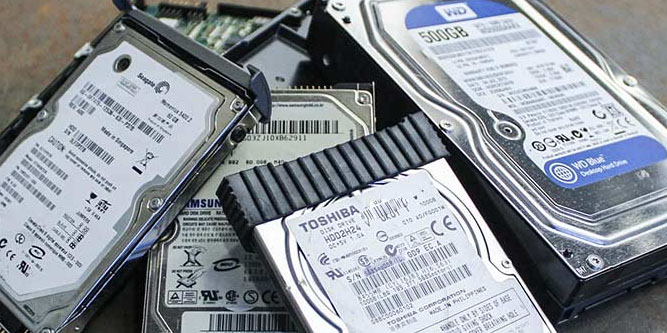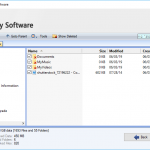Picture this: you’ve been working hard all day on a presentation. You bring your laptop home from work to finish things up at home. You go to fire it up, and your hard drive has failed. All your hours of work are lost. Worse, not only do you need to start over from scratch, you need to replace your hard drive. Ouch!
Losing your hard drive’s data is a nightmare for anyone. If you’re a gamer or hobbyist, it can mean loss of progress on your current project. If you’re a creative or business professional, it can mean losing months of work. Even if you only use your computer for social media, it means losing local copies of photos and videos. If you hadn’t yet uploaded those photos and videos to the cloud, they’re gone forever.
Or are they? With the right data recovery tools, you can salvage some or even all of your valuable data. Today, we’ll be looking at the SFWare Hard Drive Recovery Tool. This bit of software is designed to recover data that’s been lost due to a variety of causes. We’ll talk about how it works, as well as what you can expect to recover. But first, let’s talk about why your data might get lost to begin with.
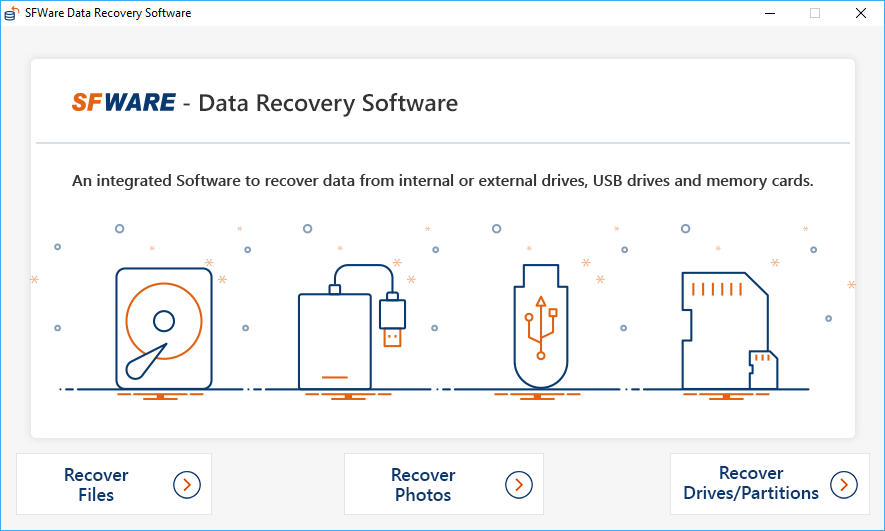
How Does Hard Drive Data Get Lost?
So, how does your hard drive data get lost? You need to understand this to understand why you might – or might not – be able to recover your data. Here are some of the most common causes of hard drive failures.
Perhaps the most common cause is corruption. Corruption can happen due to a variety of factors. These include software glitches, as well as power loss. When one of these things happens while data is being transferred or written, data loss can occur. This is a particularly common issue with external hard drives. If you disconnect one or turn it off while data is being written, you can end up corrupting some files. This is more common than it sounds. For example, an LED may fail, so you might think your drive is done writing while it’s still in progress. This is why it’s essential to always use the option to safely remove hardware.
Hard drive data can also be lost due to formatting. This can happen easily if you have multiple drives and you accidentally select the wrong one. However, it can also happen when your computer detects data corruption. You might get a prompt asking if you want to format the drive. If you’re not paying attention, it’s easy to click “yes” by mistake. Whoops! All of your data is gone.
Similar to formatting, disk management can also cause your data to get lost. Adding a new partition, removing an old one, or resizing existing partitions can create errors. This is especially true if you’re using a free or third-party disk management tool to perform the operation. Windows and Mac OS’ internal tools can sometimes be frustrating, but they’re the most reliable option.
Your disk may have bad sectors, which make it impossible to retrieve your data. These bad sectors can come from a variety of causes, including corruption and logical errors with the disk’s directory structure. It can also be caused by physical damage to the drive itself.
Finally, viruses and malware can cause your data to become inaccessible. This can happen in a variety of ways. They may destroy the drive’s directory structure, format it, or delete the data. They may even encrypt the entire drive, so the hackers can extort you to give you the password.
How Can SFWare Help?
Now that we know how data can get lost, let’s talk about how SFWare can help recover that data. In cases of corruption, your data is generally recoverable. Depending on how exactly the error occurred, it might only be partially recoverable. However, many programs cache backup copies of files while they’re being written. SFWare can recover this cached backup, restoring your data.
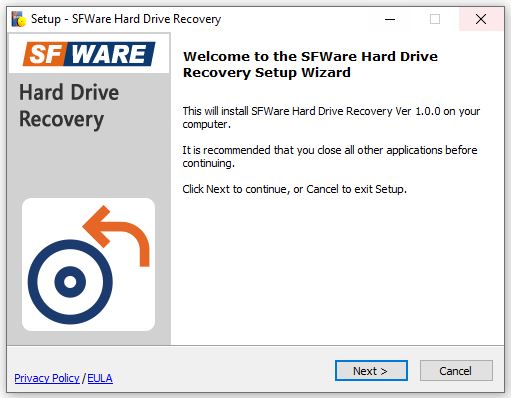
Recovering data from formatting and partition errors is even easier. Your computer doesn’t actually “erase” data when it formats a drive or creates a partition. Instead, it simply marks those portions of the drive as empty and available for use. The data is still there, so the SFWare Hard Drive Recovery Tool can easily recover it.
In the event that your disk has bad sectors, the issue becomes more complicated. If the sectors are corrupted because of logical errors or data corruption, the files are recoverable. The SFWare software will simply create an image of the disk, omitting the bad sectors. You can restore your files from this disk image. However, if the drive itself has been physically damaged, your data is permanently lost.

Malware is similarly complicated. Some malware simply works by marking the data as lost, similar to formatting. In this case, it’s easy for SFWare to recover it. That said, other malware encrypts your drive. In this case, even the NSA wouldn’t be able to recover it. The only way to get it back is with the correct password, and good luck getting that password.
Because even the best tools can’t also recover all your data, it’s important to perform regular backups. You can do this with a cloud service, of which there are many alternatives. But cloud services have been known to suddenly disappear when a company changes policies or goes out of business. The most reliable method is to save your backups locally. To do this easily, simply use a hard drive duplicator.
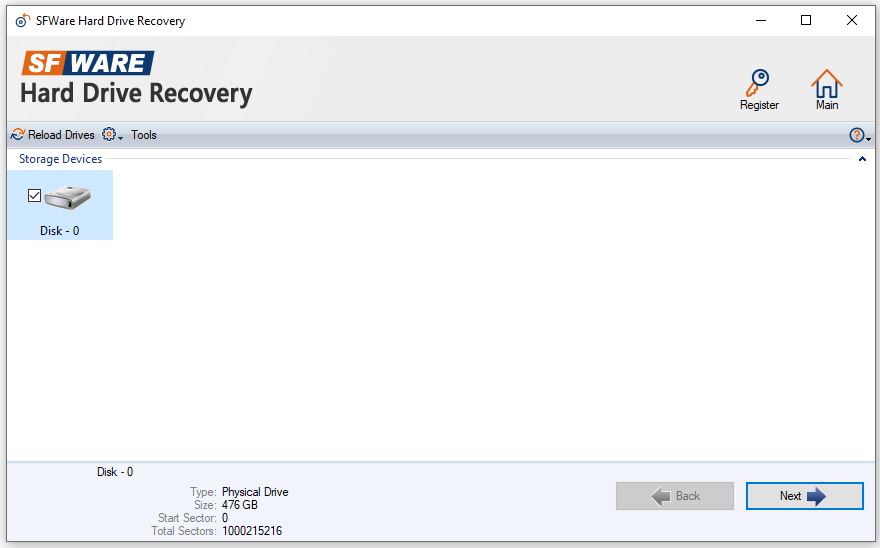
How it Works
To use the SFWare Hard Drive Recovery Tool, you’ll first need to download it from SFWare’s website (https://www.sfware.com/). When you make your purchase, make sure to choose the correct version (Windows or Mac) for your system. If you’ve lost your computer’s main drive, you’ll need to connect it to a working computer. This means physically removing it and connecting it to the new system. A SATA-to-USB adapter makes it easy to set up as an external drive. This can be hard to do with Mac machines, since they’re not designed to be worked on by the user. Once the software has been installed, simply launch the program, which should load quickly on most modern computers.
On the main screen, you’ll find two options: Partition Recovery and Formatted Recovery. Formatted Recovery is designed for scenarios where you accidentally formatted your hard drive. For all other situations, you’re going to need to select the Partition Recovery option. After that, you’ll see a screen listing all available drives. Select the drive you want to scan, and click the button to start retrieval.
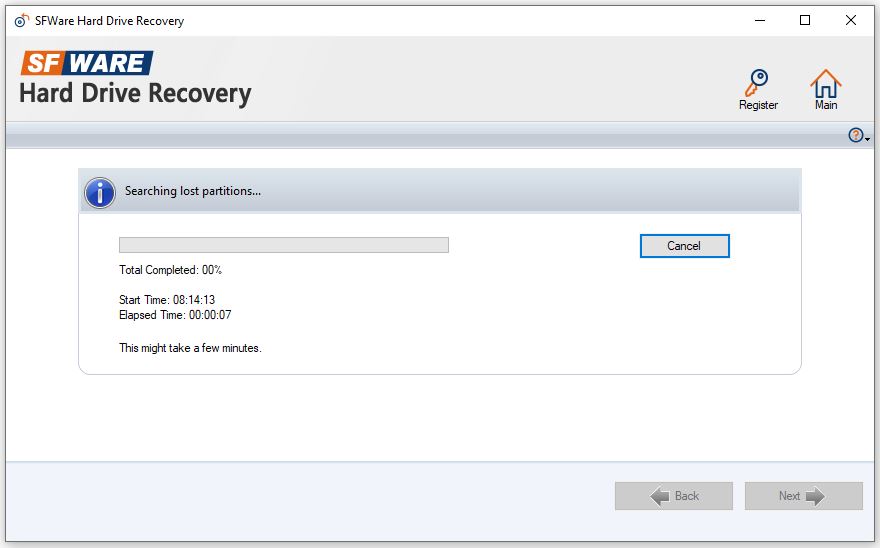
How long this takes is going to depend on your drive’s total capacity. There’s an initial “quick scan” that will run through a 1TB drive in about 30 minutes. This can vary depending on your drive speed and processor speed. However, the “quick scan” can easily miss a number of files. Let the process continue through the full, deep scan, and you’ll get all available files. This process can be time consuming, as long as 12 hours for a 1TB drive.
The SFWare Hard Drive Recovery Tool can slow down your system significantly. This can be a pain if you need to use your computer in the mean time. Thankfully, there’s an option called “Save Recovery Session”. This allows you to pause the recovery process, freeing up system resources for everyday tasks. When you’re ready to continue, just use the “Open Recovery Session” option to resume scanning your drive.
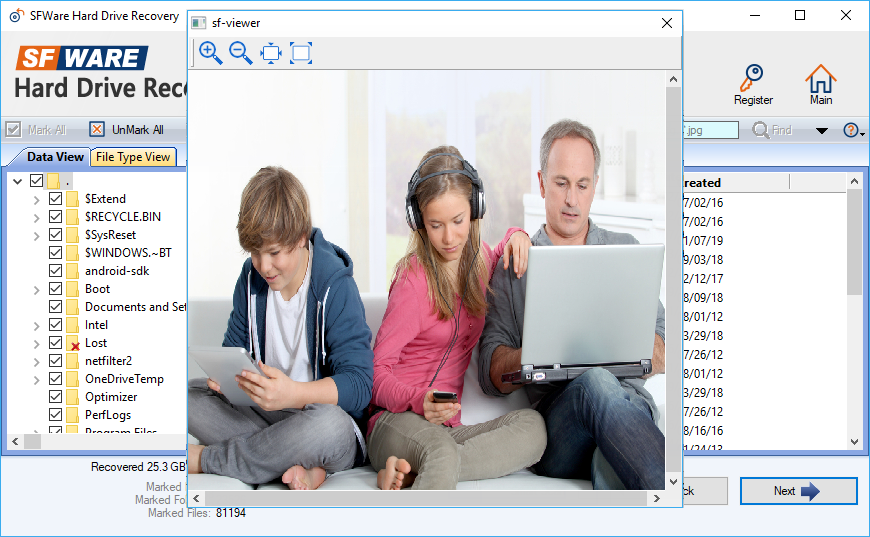
Once the scan is complete, SFWare will display a list of all the files and folders it has detected. The data will be listed in a tree format that should be familiar to most PC or Mac users. It’s also easy to sort. You can also view by file type or data type. This is helpful if you intentionally deleted a disk, but forgot to retrieve a particular file. From here, you can save the files to a new, functional disk. You can double click them to open a preview, then save them wherever you like. For disks or partitions that were erroneously formatted, you can simply restore the files to their rightful location. Note that if this was your primary disk, you’ll still want to move those files to another disk. This way, you can safely install an OS on your primary disk so you can use it again.
System Requirements
Before we wrap up, let’s look at the system requirements for running the SFWare Hard Drive Recovery Tool.
- 50MB of disk space (for installation). This should not be an issue on any modern computer.
- 512MB of RAM. 1GB is recommended, but once again, this should not be an issue on a modern system.
- Windows XP or newer, including Windows Server 2003 and 2008. This includes both 32 and 64-bit versions.
- Mac OS Leopard or newer.
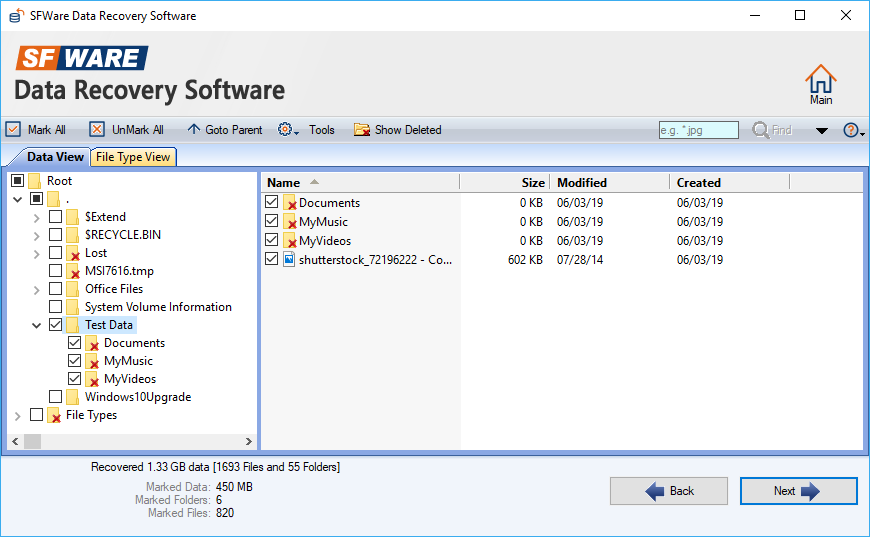
As you can see, the software has very low system requirements. Unless your computer is an antique, you’re going to be able to run the SFWare Hard Drive Recovery Tool.
Final Verdict
So, is the SFWare Hard Drive Data Recovery worth the investment? Well, it’s not terribly expensive, so if you value your data, it’s worth the money. But even better, the initial install is a simple demo that shows you what can actually be recovered. If you run a scan and it turns out your data is unrecoverable, you haven’t spent a dime.
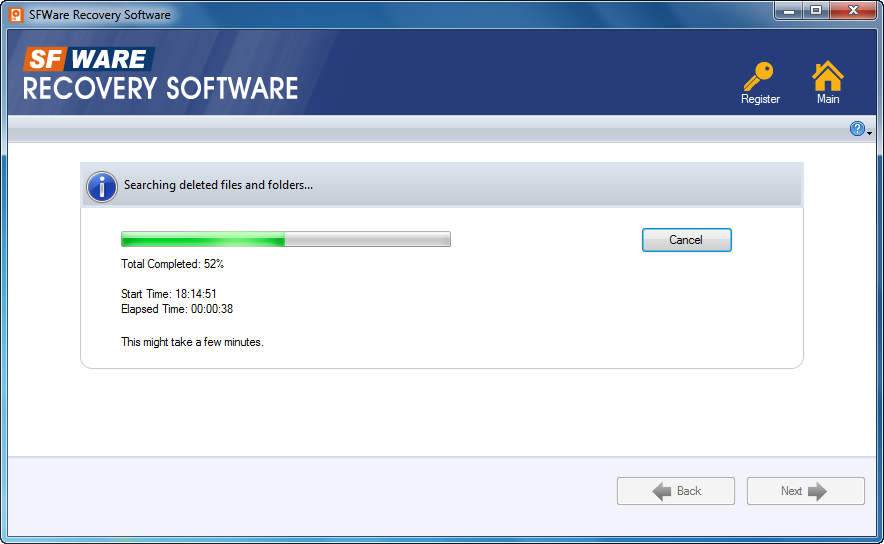
The software is easy to use, so you don’t have to be a computer expert to use it. It works more or less like a wizard, meaning anyone can use it. Compatibility is also excellent, since SFWare’s software works with virtually any computer. The only modern OS it doesn’t work with is Linux, and if you’re running Linux, you’re probably already an expert. Finally, it recovers just about any data that’s actually recoverable, fulfilling its primary function. If your hard drive is kaput, it’s well worth taking a look at this software.
Meet Ry, “TechGuru,” a 36-year-old technology enthusiast with a deep passion for tech innovations. With extensive experience, he specializes in gaming hardware and software, and has expertise in gadgets, custom PCs, and audio.
Besides writing about tech and reviewing new products, he enjoys traveling, hiking, and photography. Committed to keeping up with the latest industry trends, he aims to guide readers in making informed tech decisions.

